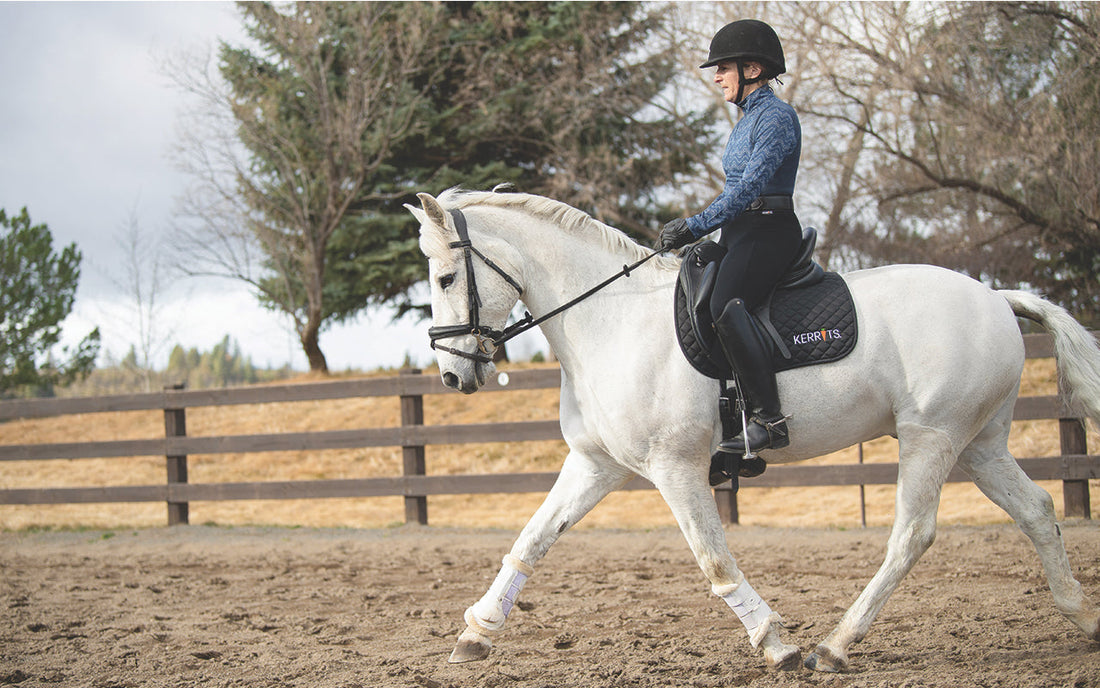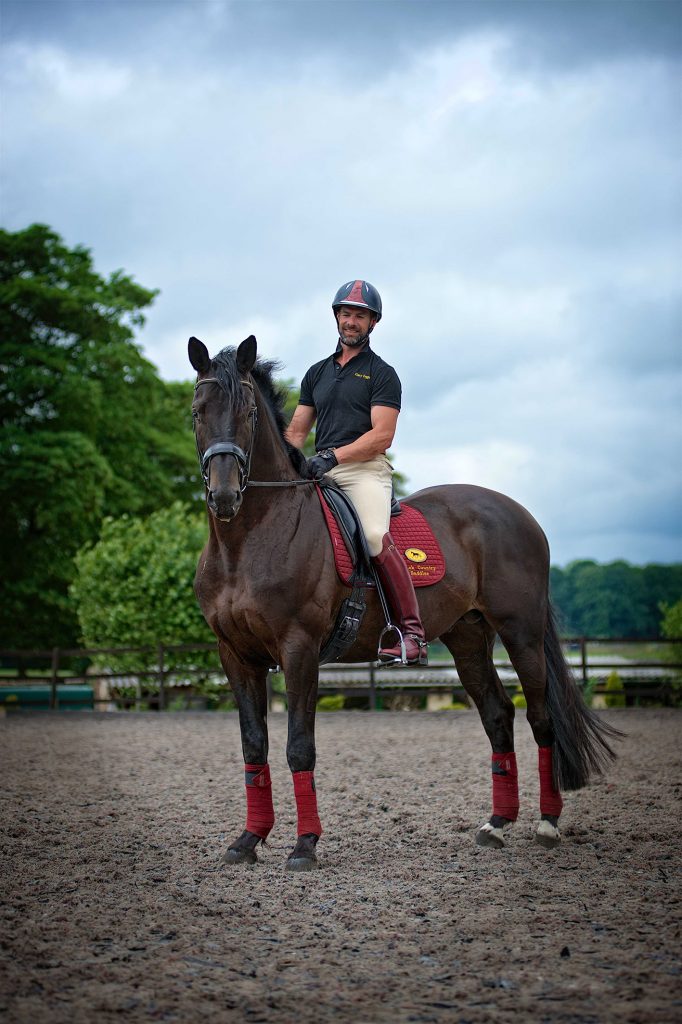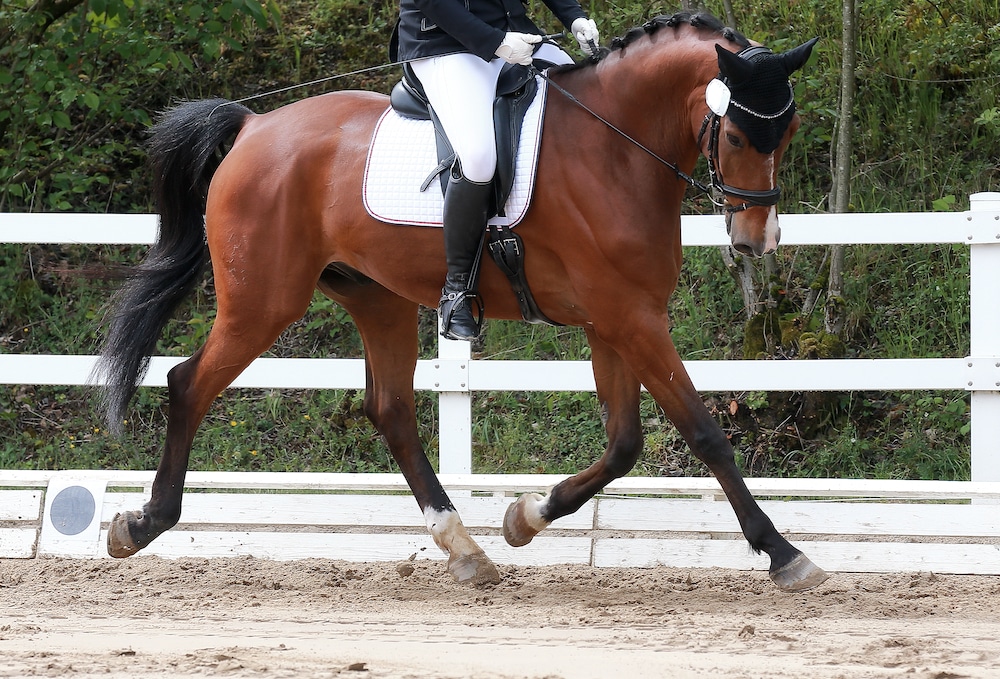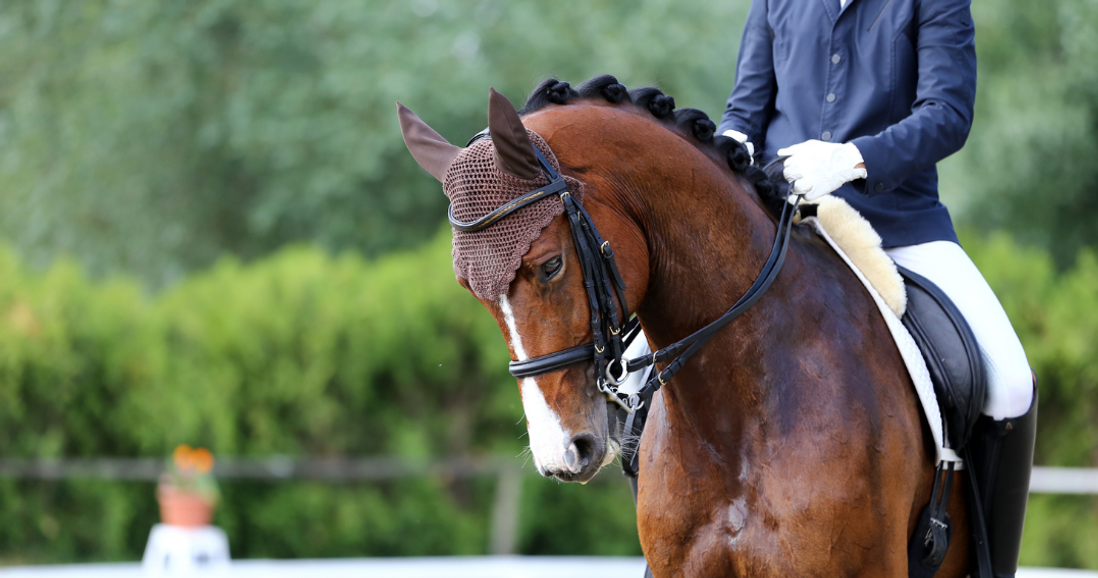Introduction to Dressage: The Art of Horse Training

Dressage is often described as the highest expression of horse training, combining precision, harmony, and elegance. This classical equestrian discipline focuses on developing a horse’s natural athletic ability and willingness to perform, resulting in a seamless partnership between horse and rider.
What is Dressage?

Dressage, derived from the French word meaning “training,” is a form of riding performed in exhibition and competition. It involves a series of predetermined movements known as “tests,” which showcase the horse’s obedience, flexibility, balance, and responsiveness.
Historical Background

Dressage has roots dating back to ancient Greece, where it was used to train horses for battle. Over centuries, it evolved into a refined art form, particularly influenced by the Renaissance and classical riding masters like François Robichon de La Guérinière. Today, dressage is a key component of modern equestrian sports, including the Olympics.
Key Principles of Dressage
- Rhythm and Regularity: The horse moves with a consistent tempo and cadence.
- Suppleness: The horse’s muscles are relaxed and flexible.
- Contact: A steady, elastic connection between rider’s hands and horse’s mouth.
- Impulsion: Controlled energy and forward movement.
- Straightness: Alignment of the horse’s body.
- Collection: The horse carries more weight on its hindquarters, allowing for greater agility.
Training Techniques
Dressage training progresses through levels, starting with basic commands and advancing to complex movements like piaffe and passage. Riders use aids such as leg pressure, seat position, and rein control to communicate subtle instructions.
Benefits of Dressage
- Enhances the horse’s physical fitness and mental focus.
- Builds trust and communication between horse and rider.
- Improves balance, coordination, and flexibility.
- Provides a foundation for other equestrian disciplines.
Frequently Asked Questions (FAQ)
| Question | Answer |
|---|---|
| What age can a horse start dressage? | Typically, horses begin basic training around 3-4 years old, depending on their development. |
| Is dressage only for competition? | No, dressage is also valuable for recreational riding and improving horse behavior. |
| How long does it take to master dressage? | Mastery can take years of consistent training and practice for both horse and rider. |
Conclusion
Dressage is much more than a sport; it is an art form that celebrates the unique bond between horse and rider. Whether you are a beginner or an experienced equestrian, understanding the fundamentals of dressage can deepen your appreciation for this elegant discipline.
